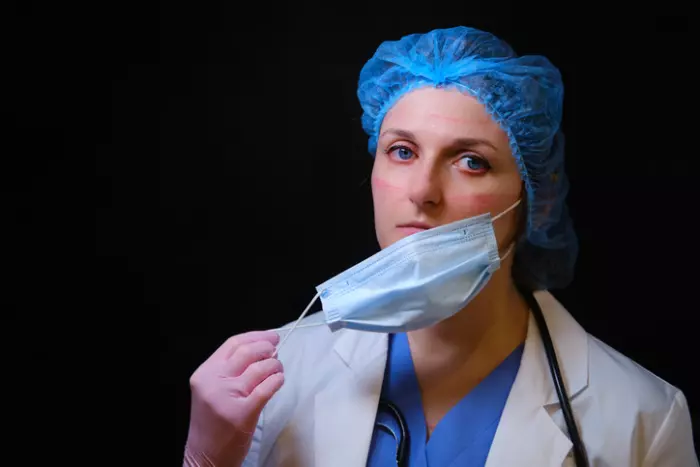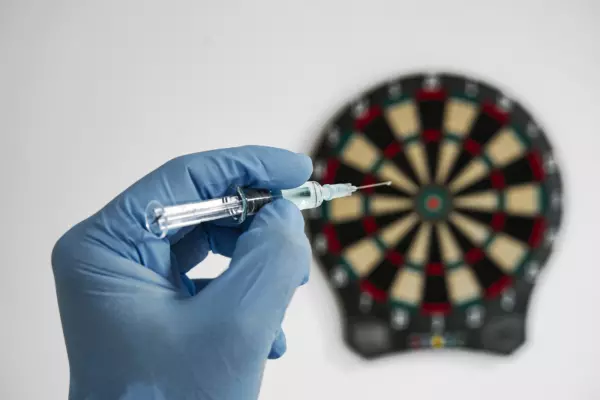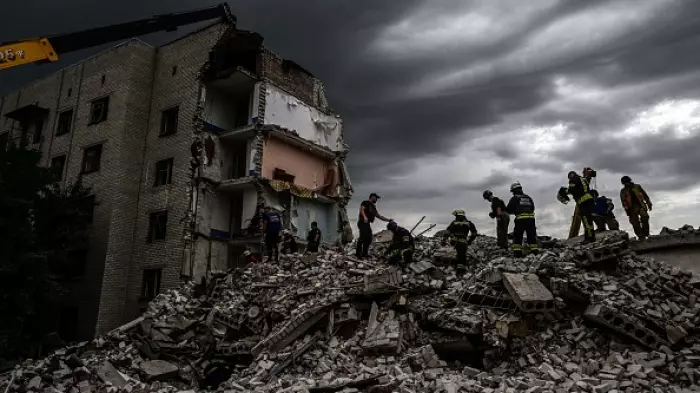Health systems are shaped by two 'moralities' – internal and external.
Internal morality comes from the culture of health professionals working in the health system, in medical, nursing and allied health areas.
It’s summed up best by the opening principle of the Hippocratic oath – "First, do no harm".
It was adopted for medicine, but this basic principle applies to any health professional. It’s needed so patients get the quality of care they deserve.
Internal morality is critical to providing quality healthcare, but it’s not enough – it can’t succeed in a vacuum.
I would argue that there’s also a need for an aligned external morality.
The United States healthcare system is mainly run by private (for profit) providers. That means its external morality sees healthcare as a market commodity.
But in New Zealand, our external morality sees healthcare as a public good. This is a big distinction.
Act to protect people's rights
External morality is enabled by legislation and one of its lynchpins in NZ is the Health and Disability Commissioner Act 1994.
This act came out of the Cartwright Inquiry held in 1987-88 over allegations that cervical cancer patients did not give informed consent at National Women’s Hospital in Auckland.
The act had wide parliamentary support and the Health and Disability Commissioner was set up to promote and protect people’s rights.
These rights were outlined in a new Code of Health and Disability Services Consumers' Rights.
The act aims to resolve complaints over any failure to comply with these rights:
- To be treated fairly and with respect.
- To have dignity and independence.
- To have good care and support that fits patients’ needs.
- To be told things in an understandable way.
- To be told everything patients need to know about their care and support.
Findings often reveal errors
The Health and Disability Commissioner has issued many findings over complaints and many others are successfully mediated without needing a finding to be made. The commissioner now has deputy commissioners to help with the workload. In every case, they call on independent experts for advice.
Findings mainly involve public hospital care. This is hardly surprising, given these hospitals tend to deal with acute and complex cases that can’t be treated or diagnosed elsewhere in the health system. When things go wrong, they’re more likely to go wrong in these hospitals.
Often the findings reveal system errors or failings. There are also some complaints against individual health professionals, some of them upheld.
From time to time, health providers are also found to have breached the code.
In its early days in the late 1990s, the commissioner got involved in a huge issue that probably wasn’t envisaged by the act’s architects.
The senior medical staff of Christchurch Hospital reported a number of avoidable deaths. This was attributed at least in part to a management decision to save costs by reducing the number of experienced nurses.
The commissioner upheld the complaint and there were huge ramifications. It was a warning for all public hospitals, not just Christchurch.
Since then, the commissioner's work has overwhelmingly involved individual patient or family complaints, rather than group actions.
Three recent findings, however, suggest perhaps a more collective approach might need to develop.
Delay in suspected cancer case
In one of the three cases, in April, chief commissioner Morag McDowell reported on her investigation into delays in the provision of non-surgical cancer services at the former Southern District Health Board (Otago-Southland).
What was significant is that the investigation was started by the commissioner, rather than from a complaint.
The commissioner found that Southern DHB (now Te Whatu Ora Southern) had breached the code in providing non-surgical cancer services between 2016 and 2022.
This followed earlier independent experts raising serious concerns which hadn't been acted on.
There were long delays for patients with suspected cancer to be seen by a specialist. The DHB didn't recognise this or respond to the clinical risk associated with a lack of staff and capacity. As a result, cancer patients were harmed.
This failure was blamed on poor clinical systems, including a lack of quality measures and indicators, and poor relationships between clinicians and leadership.
Workloads and toxic culture?
In another case, in February, deputy commissioner Vanessa Caldwell found a Dunedin Hospital radiologist in breach of the code over errors made in 2018 and 2019 in reporting a 70-year-old man’s X-rays before a diagnosis of lung cancer.
It couldn't be said whether detecting the lung cancer earlier would have changed the patient’s long-term prognosis, but being detected later meant he was denied the chance of earlier treatment.
By the time the lung cancer was identified, it was inoperable.
The radiologist acknowledged the failure to detect the cancer earlier and what this meant for the patient. But, in partial mitigation, he pointed to other contributing factors. Two were excessive workload and a toxic work environment.
However, this was not accepted by the deputy commissioner.
Instead, she relied on the health board advising that the radiology department was “fully staffed” at the time of the early detection failure. This rationale left me feeling uncomfortable.
First, there's a big difference between official vacancies and shortages as identified by surveys conducted by the Association of Salaried Medical Specialists, including when I was its executive director.
In fact, shortages have been, and continue to be, around 24%. These are severe by any yardstick.
So, it's not surprising that there are high levels of fatigue and, worse still, burnout among many medical specialists. This doesn't suddenly stop when a specialist department becomes notionally "fully staffed".
Second, shortages are not a precondition for a toxic work environment – but they can contribute to toxicity or make an already toxic environment even more toxic.
A toxic workplace can contribute to errors, even if the specialist is not fatigued or burnt out.
Having said this, it doesn't mean that the deputy commissioner drew the wrong conclusion. She may have got it right, given all the circumstances. But part of the rationale is troubling.
Workforce pressures
In the third case, in November 2022, the same deputy commissioner coincidentally made another finding involving a radiologist, this time in Hawke’s Bay. Her finding this time confirmed an awareness of the effect of workforce pressures.
She concluded that a radiologist employed by the former Hawke’s Bay DHB had failed to identify a lung lesion on a woman’s CT scan in 2016. This was a significant breach of the code.
However, she also found that the Hawke’s Bay DHB had failed to maintain standards by managing increasing demands on its radiology service. Unfortunately, the woman was later diagnosed with lung cancer. This failure was also found to be in breach of the code.
In contrast with the Southern DHB case, the Hawke’s Bay DHB accepted its radiology service was understaffed.
The finding said the Hawke’s Bay DHB (now Te Whatu Ora Hawke’s Bay) is responsible for providing a safe and appropriate workplace environment and making sure there are adequate processes in place to manage workloads.
The radiologist’s error had shown there were broader systems and organisational issues involved.
Staff are more vulnerable now
I represented medical specialists for more than 30 years, followed by more than three years as a health commentator.
I’m acutely aware that the hospital-based health workforce is in a much more vulnerable position now than when the senior medical staff at Christchurch Hospital successfully persuaded the first health and disability commissioner, Robyn Stent, to investigate their patient safety concerns.
What happened then was a good example of the role of a statutory body giving a much-needed external morality to the health system.
Given what I knew was happening with the medical workforce, I have wondered why there were, at most, only fleeting references to the intensifying pressures on the workforce.
Today, the pressures on the health system are unprecedented.
To help give the external morality the workforce system needs, the Health and Disability Commissioner needs to recognise this.
It needs to drill down further, including into the differences between 'official vacancies' and actual shortages – and the full impact of fatigue and burnout.
There are some promising signs, but external morality needs to be elevated to the risks that arise out of workforce shortages.
These shortages should never be seen as ‘business as normal’.














